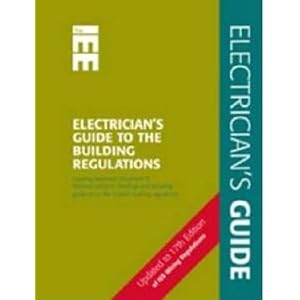what rating of circuit breaker would you use in both those situations? that's the key really.....
Just off the top of my head, I think I've got diagram 2 wrong. I don't know what i was thinking. Surely it doesn't make it any better to have 2.5mm after 4mm because the current will still run from the 4mm through to 2.5mm, therefore overloading it.
Very true, the key is which circuit breaker to use. I'll try and ammend if I have time. But i think at the end of the day, you have to use MCB on the weakest cable rating, resulting in mixing cable sizes not very useful? Because the weakest will keep tripping before you've reached anywhere near the peak load of the 4mm cable.
Indeed so - I presume that 'we' have no control over those pages - so to whom do we complain?
Kind Regards
You can probably see now why I was confused because I'm a newbie when it comes to electrics, learning a bit more each day though and that's where I looked for cable amp ratings. I would say it needs revising or at least some elaboration.





